Bioplastics in general and barley bioplastics in particular are very popular on the market. Outstanding advantages related to the environment as well as consumer health have helped barley bioplastics and other bioplastics become indispensable materials in industries. In this article, EuroPlas will provide complete information related to barley bioplastic materials.
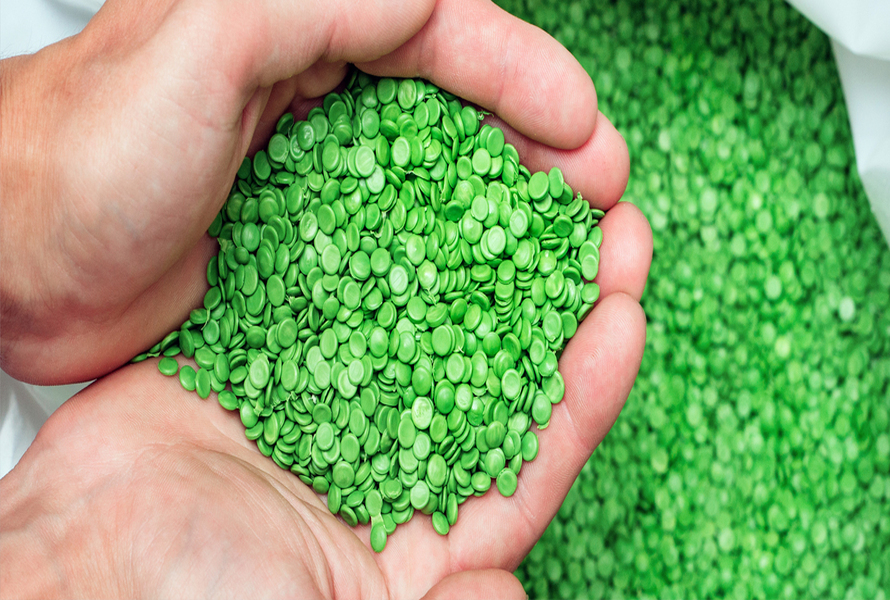
The Barley bioplastic is in the laboratory
1. Overview of bioplastics
The main ingredients of bioplastics are extracted from plants and do not have too much interference from other chemicals. In particular, these are materials that can be used in recycling and are produced completely naturally such as: corn, beets, potatoes or cane sugar.
Furthermore, components that do not meet recycling standards, such as salt, crude oil, coal or natural gasses, will not be used in the production of bioplastics.
We will not fix the ingredients to produce bioplastics. Depending on the geographical location as well as the climate and soil in the country, manufacturers will find suitable natural materials to prepare bioplastics.
For example, barley bioplastic will be popular in European countries and is also exported or manufactured in Asia. Currently, two popular bioplastics are PLA and PHA. If PLA is produced from organic materials such as potatoes and cane sugar, PHA is prepared from microorganisms of starch. Both materials are commonly used in life and medical fields.
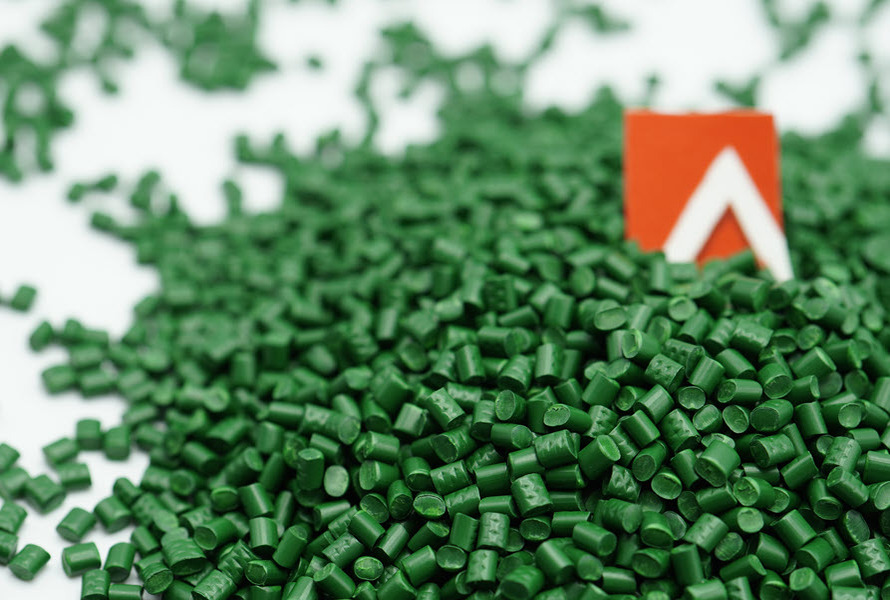
Overview of the bioplastic
EuroPlas has introduced an overview of popular bioplastics on the market. In the next part, we will learn "What is barley bioplastic? and what are their characteristics?"
2. Overview of barley bioplastics.
Barley bioplastic is also known as barley PP plastic. This is a material formed from the combination of PP plastic beads and barley stems.
PP plastic is transparent, odorless, colorless and does not contain BPA, a chemical that can cause cancer. PP plastic thoroughly supports the decomposition process of biological products, which minimizes petroleum content and impurities that negatively affect the environment as well as consumer health. PP plastic was chosen to combine with powder from barley stems because:
-
First, the mechanical strength of PP plastic is higher than other plastics such as PE. The physical durability of PP plastic is rated by experts as the highest among popular plastic materials.
-
Secondly, PP plastic is resistant to oxidation. At the same time, the material is waterproof and has very good abrasion resistance. Therefore, they are used for packaging, water bottles, boxes,...
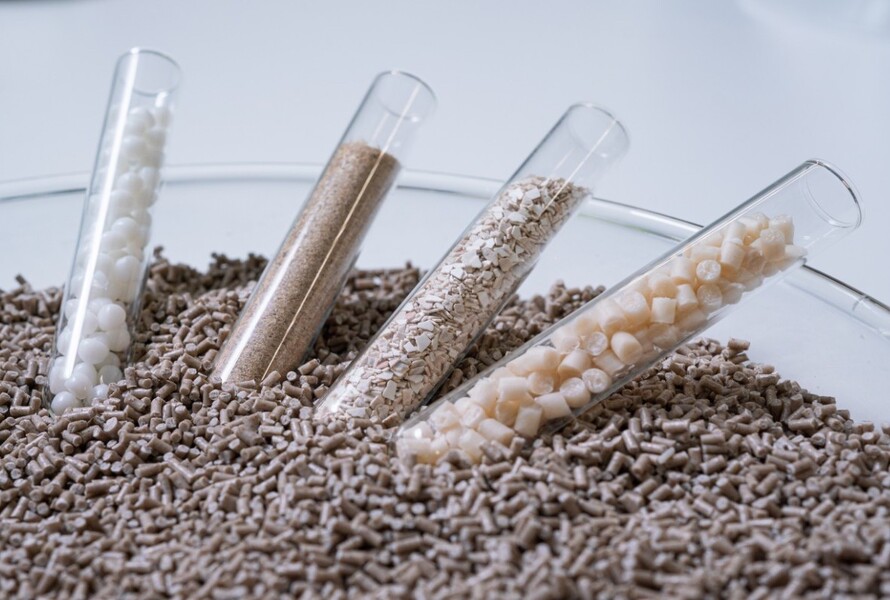
Barley bioplastic is mainly extracted from PP plastic
- Thirdly, the heat resistance level of PP plastic is quite high, ranging from 130 - 170 degrees Celsius. This is the reason why PP plastic is not a flammable material and is not affected too much by the environment. Therefore, PP plastic is also used to produce electronic devices such as electrical sockets, wires, and electrical testers.
- Fourthly, PP plastic combines well with metal compounds and plastic additives. Therefore, manufacturers can easily adjust characteristics to suit market needs.
In general, barley bioplastic is synthesized mainly from Hydrogen and Carbon combined with barley flour. Propylene monomer for PP plastic chemical formula is (C3H6)n, with n equivalent to the number of monomer units in the polymer chain. Therefore, barley bioplastic is very easy to decompose and adapt to environmental conditions.
3. Characteristics of barley bioplastic
Because the main ingredient is PP plastic, barley bioplastic is also able to withstand high temperatures for a long time. The average temperature is 120 degrees Celsius or more. Therefore, products from barley bioplastics are commonly used in households because they do not react with hot foods or boiling water.
- Besides, the main components of bioplastics are generally Hydrogen, Carbon and organic materials, so the material does not contain BPA compounds and ensures consumer health safety in the long term.
- Furthermore, the organic composition of barley is outstanding with activated carbon nutrients. It has antibacterial effects and eliminates the growth of disease-causing bacteria from the environment.
- In particular, 90% of the components of barley bioplastic are from organic substances, so they do not encounter too many difficulties in the decomposition stage and can be recycled into many different products. Recycled plastic toys are also an example of this material. From there, you contribute to thoroughly reducing the amount of plastic waste and improving the living environment.

Barley bioplastic inherits the advantages of PP plastic and organic matter.
- Barley bioplastic also inherits the core characteristics of PP plastic such as: electrical insulation ability, good combination with other materials and components, stable price, water and chemical resistance as well as decomposition speed.
- Barley bioplastic is also easily prepared into fibers and used in the fashion industry. In particular, due to its colorless and transparent nature, the material is easily combined with colorants and is fully utilized in the printing industry.
- The elastic modulus of PP plastic in general and barley bioplastic in particular is evaluated quite well, with an amplitude ranging from 1.5 - 2 GPA. Along with that, the shrinkage coefficient of the material is also at a stable level of about 1 - 3%. Therefore, barley bioplastics are used in the production of consumer goods and automotive equipment.
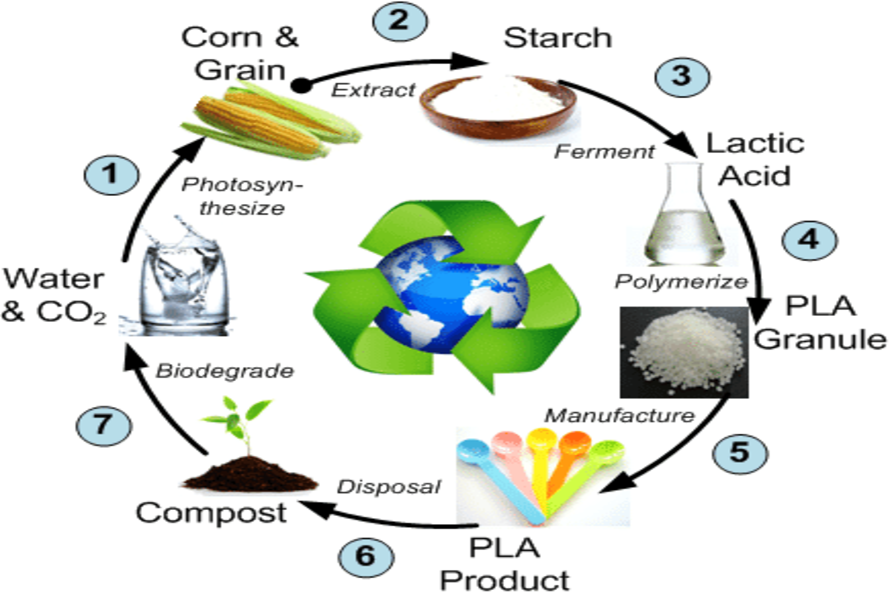
Life cycle of PLA bioplastic products
- Mô Đun đàn hồi của nhựa PP nói chung và nhựa sinh học lúa mạch nói riêng được đánh giá khá tốt, biên độ giao động từ 1.5 - 2 GPA. Cùng với đó, hệ số co rút của vật liệu cũng ở mức ổn định khoảng 1 - 3%. Chính vì vậy, nhựa sinh học lúa mạch được ứng dụng trong sản xuất hàng tiêu dùng và thiết bị ô tô.
4. Applications of bioplastics in life
Bioplastics are very popular on the market and are used in many different fields. As follows:
4.1 Medical Industry
Barley bioplastic has activated carbon that supports antibacterial and cleaning from the inside. Besides, PP plastic and related materials are sufficiently resistant to steam sterilization. Key products include: petri dishes, medicine containers, diagnostic equipment, medicine bottles or test tubes.
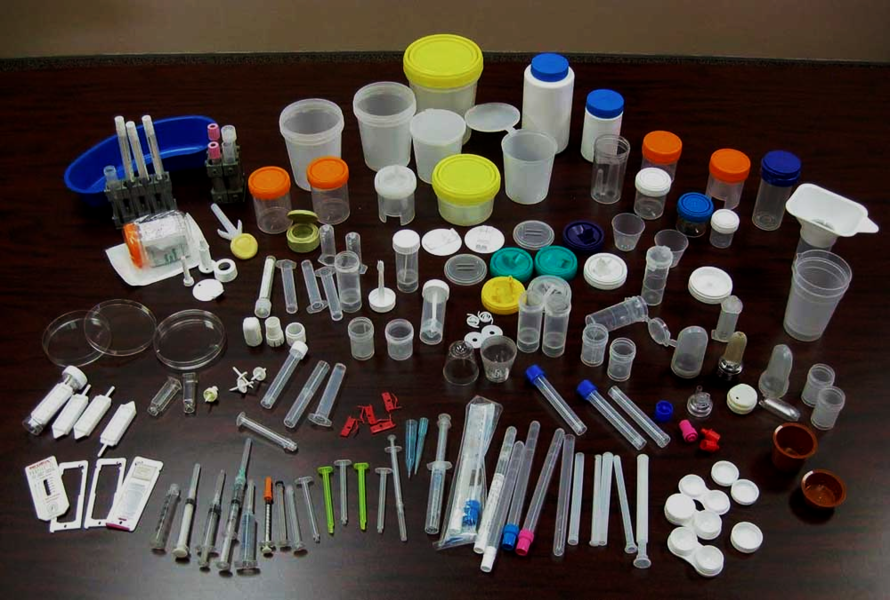
Bioplastics are generally used to produce medical devices
4.2 Cosmetic and beauty industry
This is an industry with a fairly large production capacity of cardboard or bottles. Barley bioplastic can be a good substitute for conventional plastics to create environmentally friendly product packaging. In particular, barley bioplastic or coffee grounds plastic can be used to make razors, combs or brushes. Scientists are still researching how to combine the ingredients of bioplastics with the active ingredients of cosmetics.
4.3 Electronic devices and circuit boards
Bioplastics generally have higher strength and mechanical properties than conventional plastics. Besides, they can operate well in high temperature environments without melting and deforming.
Besides, the weight of barley bioplastic is also quite light. Therefore, barley bioplastics are used in the production of electronic circuit boards, headphones, computer screens, PC cases, keyboards, headphones.
4.4 Automobile production
Barley bioplastic inherits the characteristics of PP plastic. They withstand friction and corrosion quite well. Besides, the ability to combine with additives and colorants to form new properties is also quite easy.
Hardness and elastic modulus maintained at a stable level under environmental factors are also strengths of this material. Therefore, they are used to make car frames, bonnets, glass doors,...

Application of barley bioplastic in automobile production
4.5 Food and catering service industry
Bioplastics and barley bioplastics are safe for consumer health. They are also used to produce cups or plastic containers for food preservation. Food wrap is also a sustainable application of bioplastics. Because of its high temperature resistance, the material will not produce toxins when exposed to hot food for long periods of time.
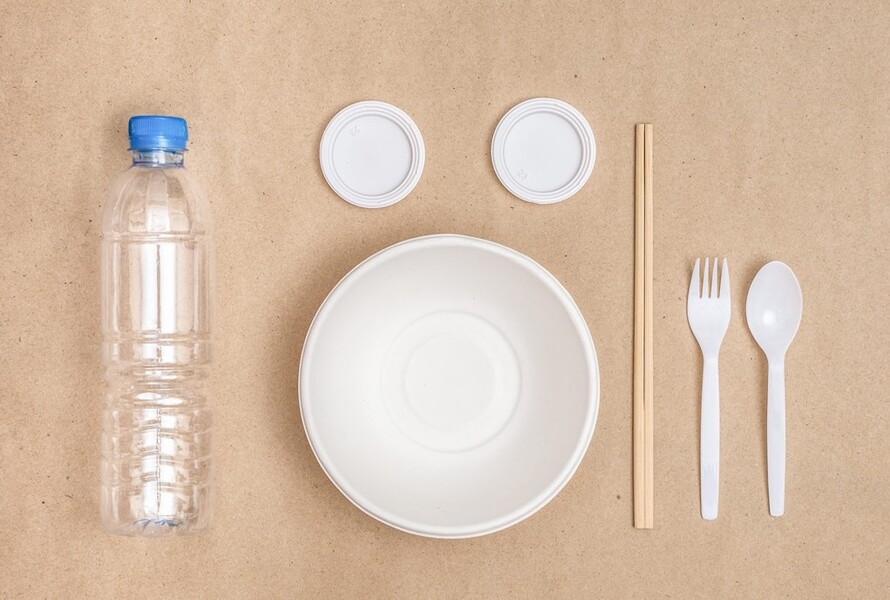
Bioplastics used for household products
5. Introducing bioplastic products at EuroPlas
EuroPlas has more than 20 years of experience in the field of manufacturing bioplastics and plastic products in the international and Vietnamese markets.
The BiONext bioplastic product line is prepared directly from biomass sources such as Polyatic (PLA), potatoes, corn, palm oil, and aliphatic-aromatic polyester (PBAT).
BiONext bioplastic products at EuroPlas possess the following characteristics:
- Outstanding physical and mechanical properties. High strength and modulus of elasticity.
- The material can withstand high temperatures and adapt well to industrial production environments.
- Special design combined with plastic additives and organic ingredients increases product properties.
- Highly compostable and recyclable after only 12 months of use.
- Production process is easy. The materials are certified and thoroughly tested.
Currently, EuroPlas provides the following types of bioplastic products:
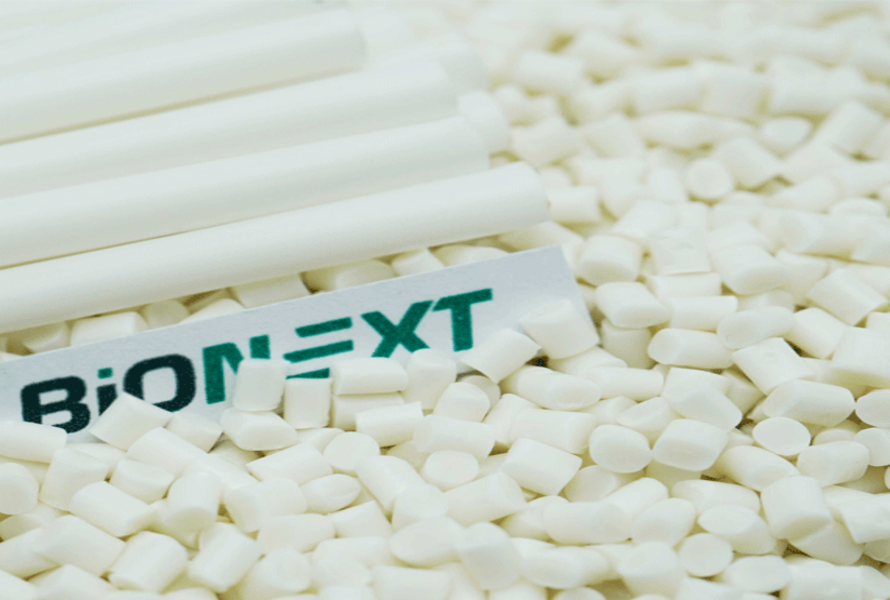
Bioplastic product BiONext 102
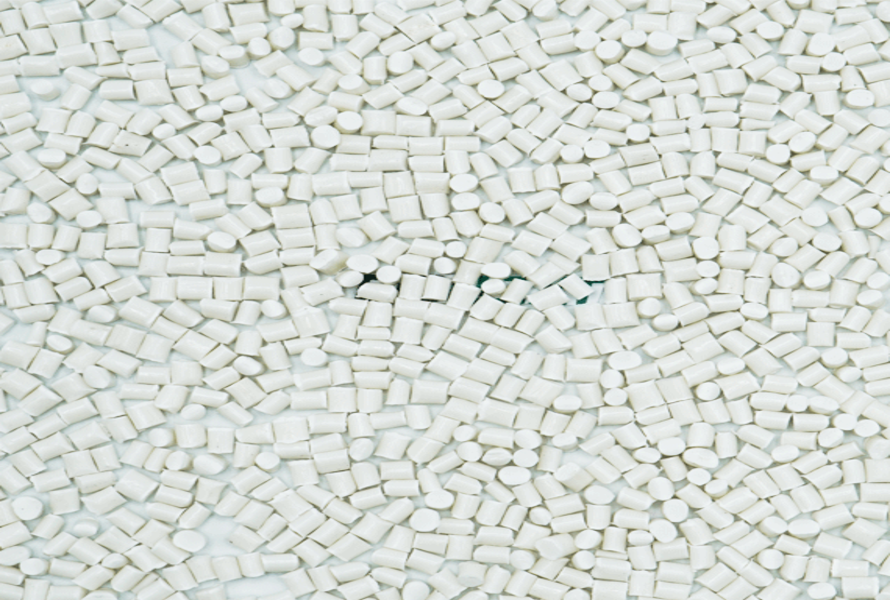
Bioplastic product BiONext 152
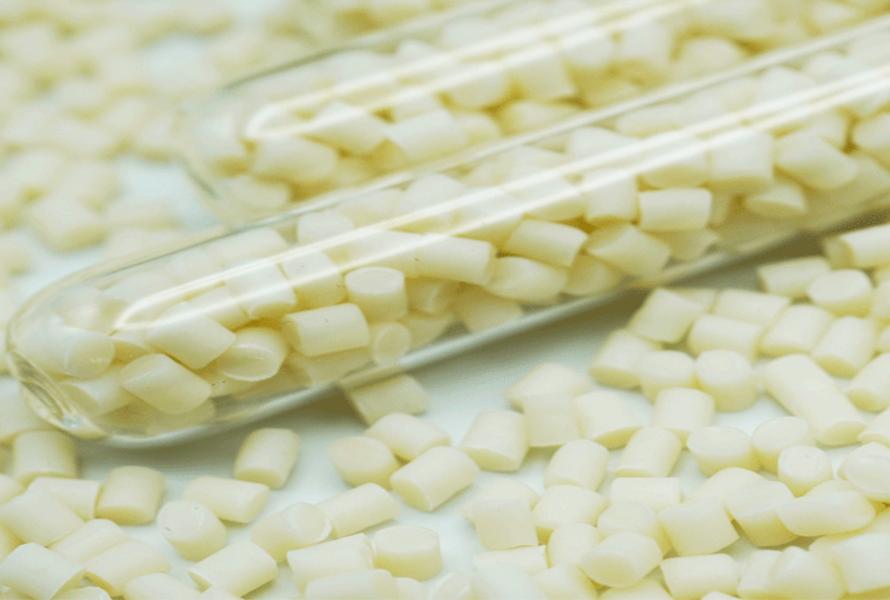
Bioplastic product BiONext 400
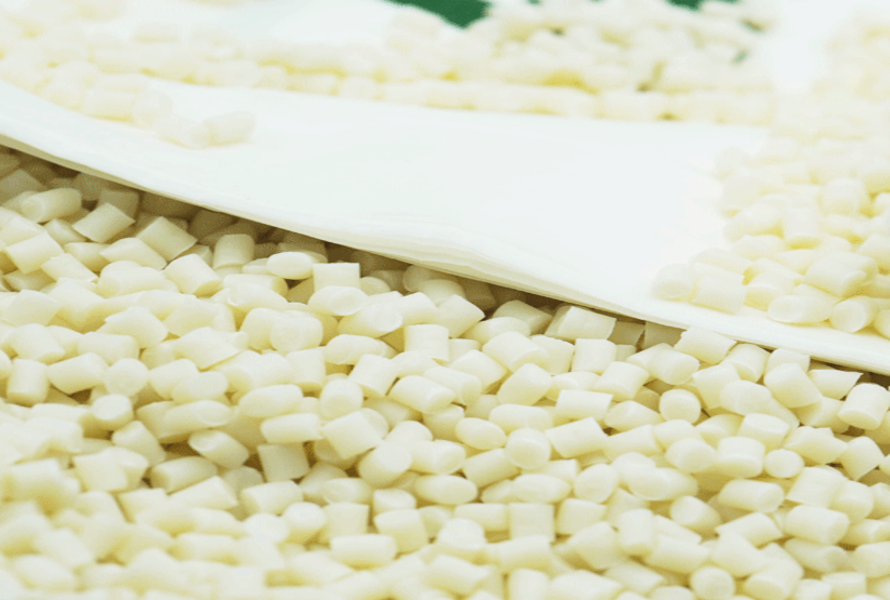
Bioplastic product BiONext 500
This article has provided you with all the information about barley bioplastic. In particular, bioplastics are the main product line at EuroPLas. Please continue to follow and accompany us to quickly update information surrounding environmentally friendly plastic materials!